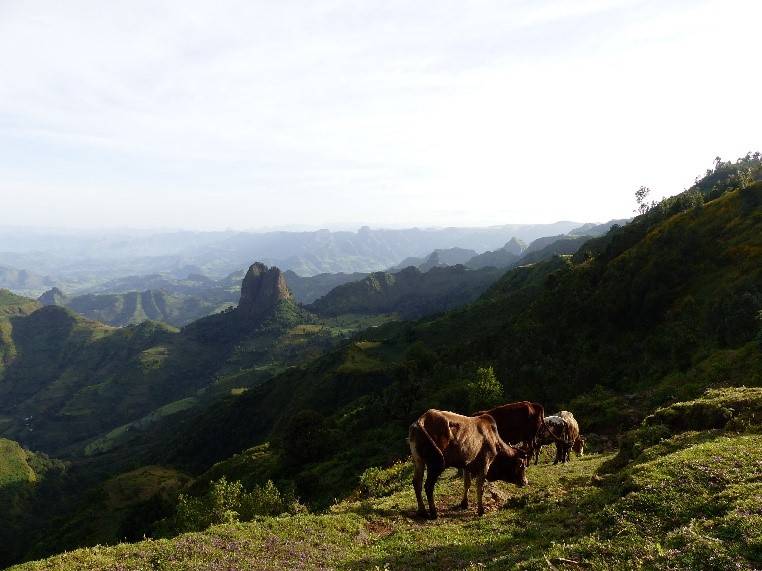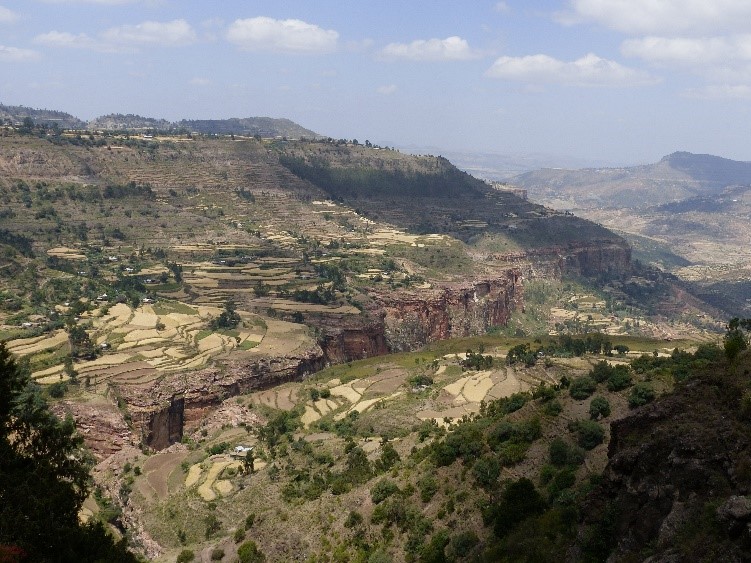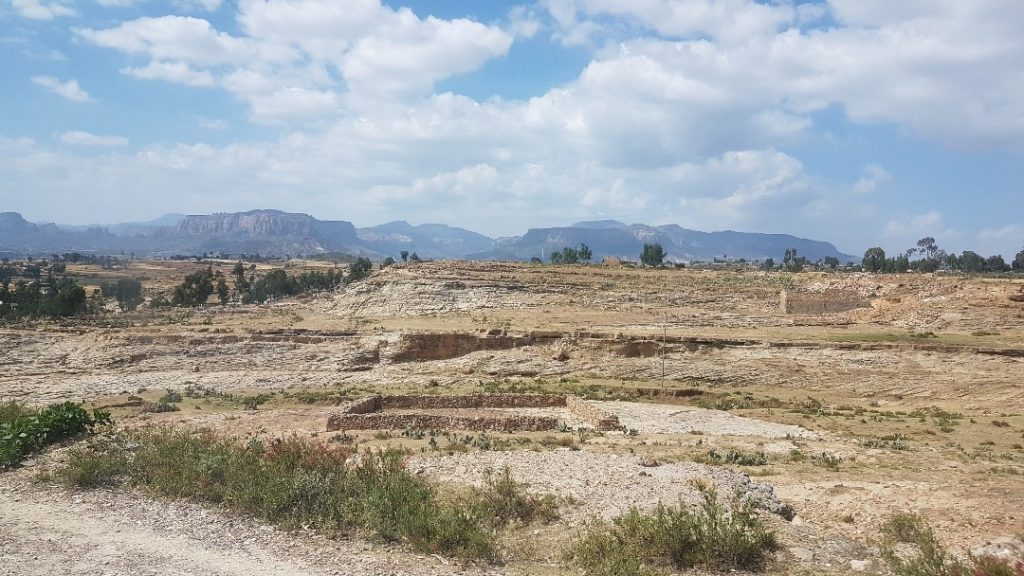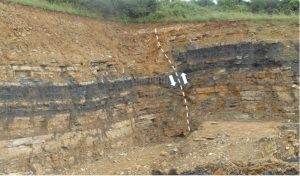The promise of mountain ranges, interesting archaeology and excellent coffee was enough to persuade me to finally commit and visit Ethiopia. What I wasn’t prepared for were the truly stunning landscapes rolling out in all directions. I was immediately compelled to research the geological history behind this beautiful country and wanted to share my findings.
Much of northern Ethiopia sits atop an elevated plateau rising above 2200m. Huge gorges transect the landscape and took me by surprise hidden amongst the otherwise flat vistas. The high plateau is primarily composed of Miocene to Plio-Pleistocene flood basalts sourced from the Afar hotspot and mantle plume which seethes below Ethiopia, Eritrea and Yemen. Eruptions post-date the formation of the East African Rift System which is more often referenced and visited further south. Continued rapid uplift of northern Ethiopia has caused the contemporary drainage system to carve out deep, incisional valleys which expose a rainbow of outcrops.

Gorges aren’t the only feature to create vertical intrigue in the Ethiopian landscape. Standing proud of the plateau are an artistic peppering of volcanic plugs intruded into the basalt during the Pliocene. Ethiopia’s highest peak, Ras Dashen can be found at the summit of a shield volcano at a breath-taking altitude of 4550 m. The Earth, although old, is still very much a living breathing beast.

The Mekele area offered a marked contrast to the basaltic landforms. Triassic fluviatile deposits of the Adigrat sandstone rest unconformably above the basement peneplane. The Adigrat sandstones form part of the Karoo group and are equivalent to the prospective Kohlan sandstone which is preserved throughout the Gulf of Aden. A transgression in the Middle Jurassic Callovian deposited the Antalo Limestone which is a prospective reservoir for oil sourced from the Jurassic Agula Shales in the South Ethiopian Ogaden Basin. The Mesozoic succession is rounded off by the Albian-Aptian age Amba Aradam. The Amba Aradam is a beautiful and brightly coloured regressive formation of red and white sandstones interbedded with purple silts and conglomerate lenses.

Every inch of available land on the fertile basaltic plateau is devoted to agriculture by the industrious local population. People trek for miles to sell their wares at regional markets and locally produced coffee is roasted by women in modest road-side coffee shops. This industrious attitude has recently helped Ethiopia to become the fastest growing economy in Africa. The Ogaden basin produced its first oil in 2018 and a pipeline to Dijbouti is planned; however, the high heatflow found in Ethiopia means that most exploration activity is focused on gas. In 2019, Ethiopia’s Prime Minister Abiy Ahmed won the Nobel Peace Prize for resolving the border conflict with Eritrea, thereby cementing a new age of stability for East Africa. All the pieces are in place for a bright future for Ethiopia, however, I’m glad I had the opportunity to visit while Ethiopia is still a relatively unknown destination.
By Eleanor Oldham, Senior Geophysicist/Rock Physicist



